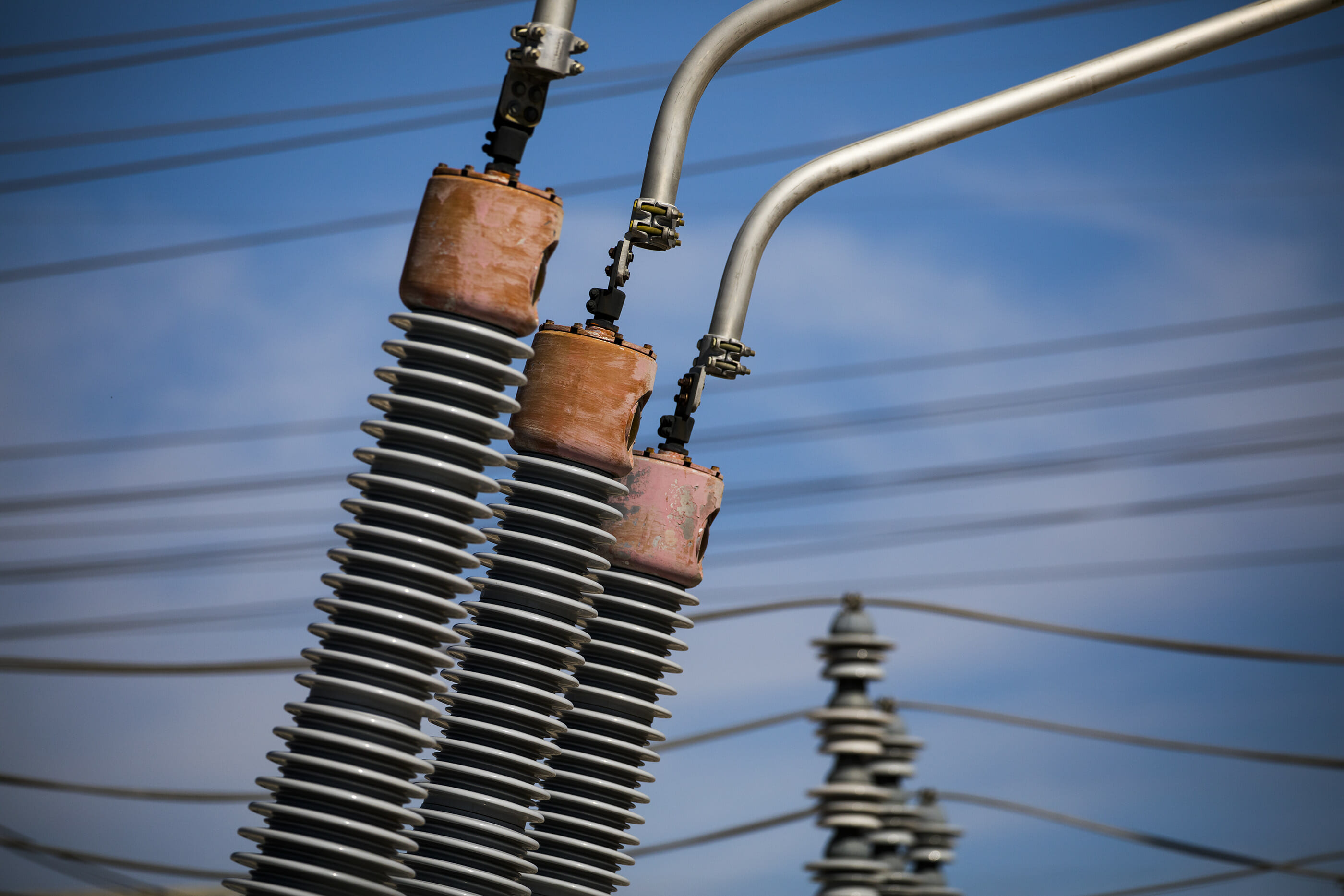The changing nature of the electricity customer

By Karen Wayland, Ph.D.
Thomas Edison invented the lightbulb in 1879 and in 1882 turned the switch on the nation’s first power plant, the Pearl Street Station in lower Manhattan, creating the first electric utility. As the electricity system grew to provide nearly universal access over the following century, the structure of the system remained largely unchanged. Large, centrally managed power plants were connected to customers through a network of transmission lines, transformers, distribution wires, substations and meters, all owned and operated by a monopoly utility. Power flowed in one direction across the system, from the power plant to the consumer.
Today’s electricity grid is undergoing a historic transformation, driven in part by new technologies and changing consumer preferences. Electricity consumers can generate their own electricity by installing rooftop solar panels and provide their excess power back to the grid. Smart thermostats can communicate with grid operators, allowing the utility to make small adjustments in a building’s temperature controls to help reduce electricity use during times of high demand. Customers can install batteries that charge when electricity is cheap and discharge power when prices are high—and that battery might be in their electric vehicle.
These new technologies, installed on the customer side of the electricity meter, are called Distributed Energy Resources (DERs), and they are fundamentally changing the relationship of the customer to the grid. Electricity can now flow in multiple directions, from a central generation plant or from multiple customer generation sites, through the grid to other customers. And now information flows in two directions, too, with interconnected devices in buildings and homes sending and receiving signals across the wires from grid operators. The customer is no longer a passive recipient of electricity but can choose when and how to consume power.
Distributed energy resources are a valuable asset to the overall electricity system. Aggregated DERs will reduce the need for 320 gigawatts of electricity from traditional centralized power plants by 2023, enough electricity to power 32 million homes. Strategic deployment of DER can reduce the cost of future investments not only in new power plants but also in transmission and distribution infrastructure. Furthermore, DERs can enhance the resilience and reduce the carbon footprint of the electricity system.
Innovation is changing the electricity system in other ways, too. The electric grid is becoming a platform for the Internet of Things, driving the convergence of transportation, information technology, telecommunications and even public health networks. The “Smart Cities” movement is built on these interconnected, intelligent networks to improve economic efficiency and competitiveness, quality of life, and the environment. Since Smart Cities technologies are usually located at the end of the electricity distribution system, they too can be considered a class of Distributed Energy Resources.
The changing role of the customer, the rapid infusion of new technologies, and the new market entrants providing DER services are challenging traditional regulatory frameworks and utility business models. Every state in the country is grappling with a set of questions about the role of the distribution utility in this transition and who “owns” the relationship to the customer. Who gets to install DERs in customers’ buildings? Who gets to own those resources and the associated data? Who gets compensated for the benefits of DER, and who pays for the costs (and there most certainly are costs) of integrating DER onto the grid? Who decides what choices are available to the customer looking to install DER? Who gets to manage the aggregation of DER services and sell them into the marketplace?
The Nevada Legislature recognized the need to systemically incorporate DERs (mainly distributed solar and energy storage) into the planning process for its electric infrastructure when it passed SB 146 in 2017. The state is also considering strategies for deploying and compensating behind-the-meter storage, rates based on time of use, and other regulatory changes related to DER.
This fall, Nevada voters will decide the fate of Question 3, the ballot initiative that would require the Legislature to create a competitive retail market for electricity. Lost in the noise about Question 3 is that opening the retail electricity market to more players than just the utility is one way to expand customer access to the benefits of DERs. Honest minds can disagree about whether a constitutional amendment is the right approach for developing a more customer-focused electricity market, or whether retail competition would benefit all customers equally. Regardless of the outcome of Question 3, consumers will continue to demand access to new technologies and services, and Nevada’s policy makers will have to grapple with how to provide that access.
Fully realizing the benefits of this technology revolution will require allowing unexpected competitors to introduce their innovations to customers. Since the electricity system is the backbone of a new digital, connected economy, policy makers must explore who and what can plug into the system, and where, as well as how to protect privacy and prevent cybersecurity attacks. These critical discussions will be uncomfortable for the state’s monopoly utility, as there may be real impacts to its bottom line, as well as significant engineering and grid operations consequences. But there are opportunity costs for inaction, including inhibiting efficiency in both the residential and commercial sectors and stalling the growth of Nevada’s vibrant technology sector.
Given the rapid changes to the electricity system, the debate over what Nevada’s energy markets will look like will continue long after November.
Dr. Karen Wayland is Executive Director of the Clean Energy Project, a non-profit that advocates for clean energy policies in Nevada, the West and nationally. She holds a Master’s of Science from the University of Connecticut and a Dual Ph.D. in the fields of geochemistry and resource development from Michigan State University.
